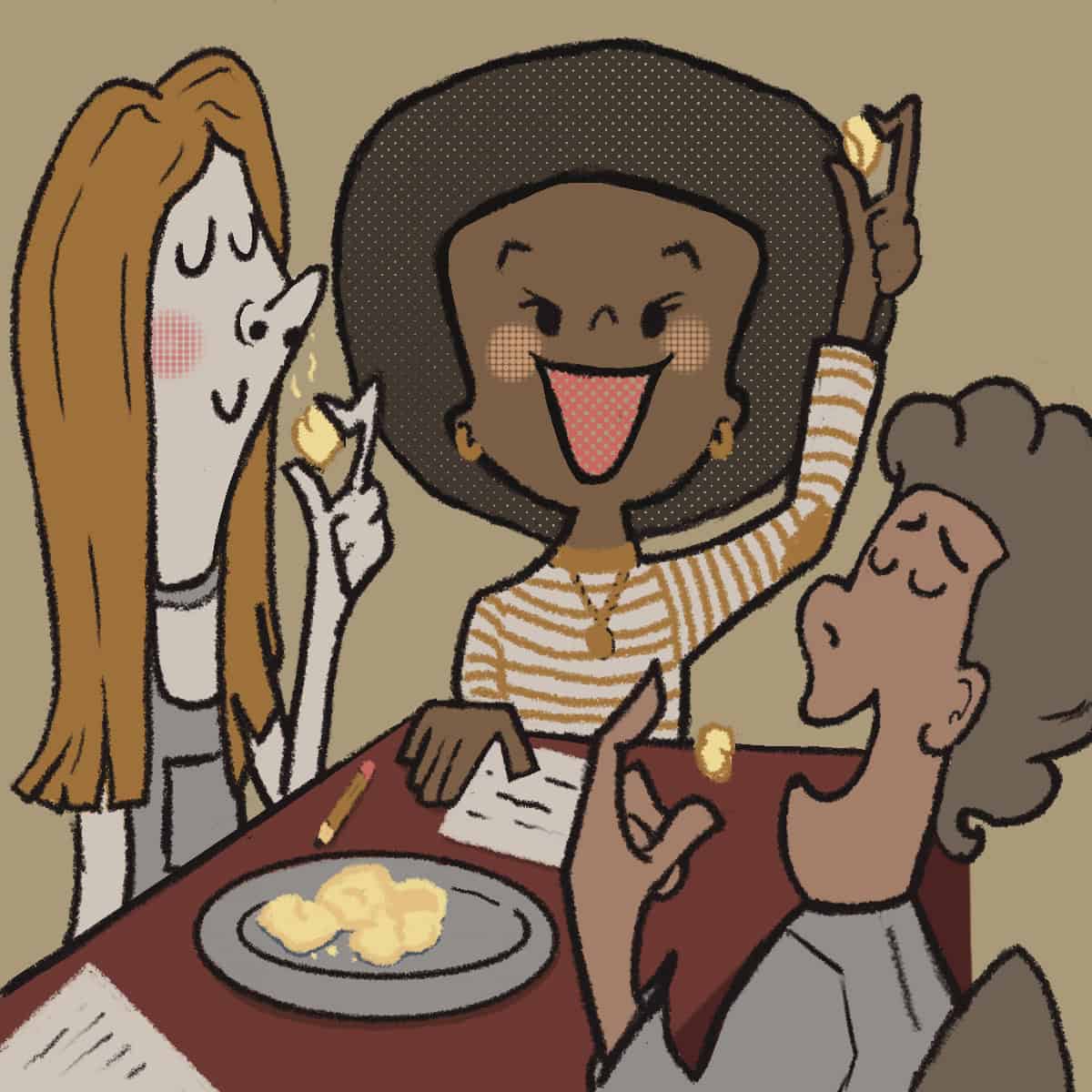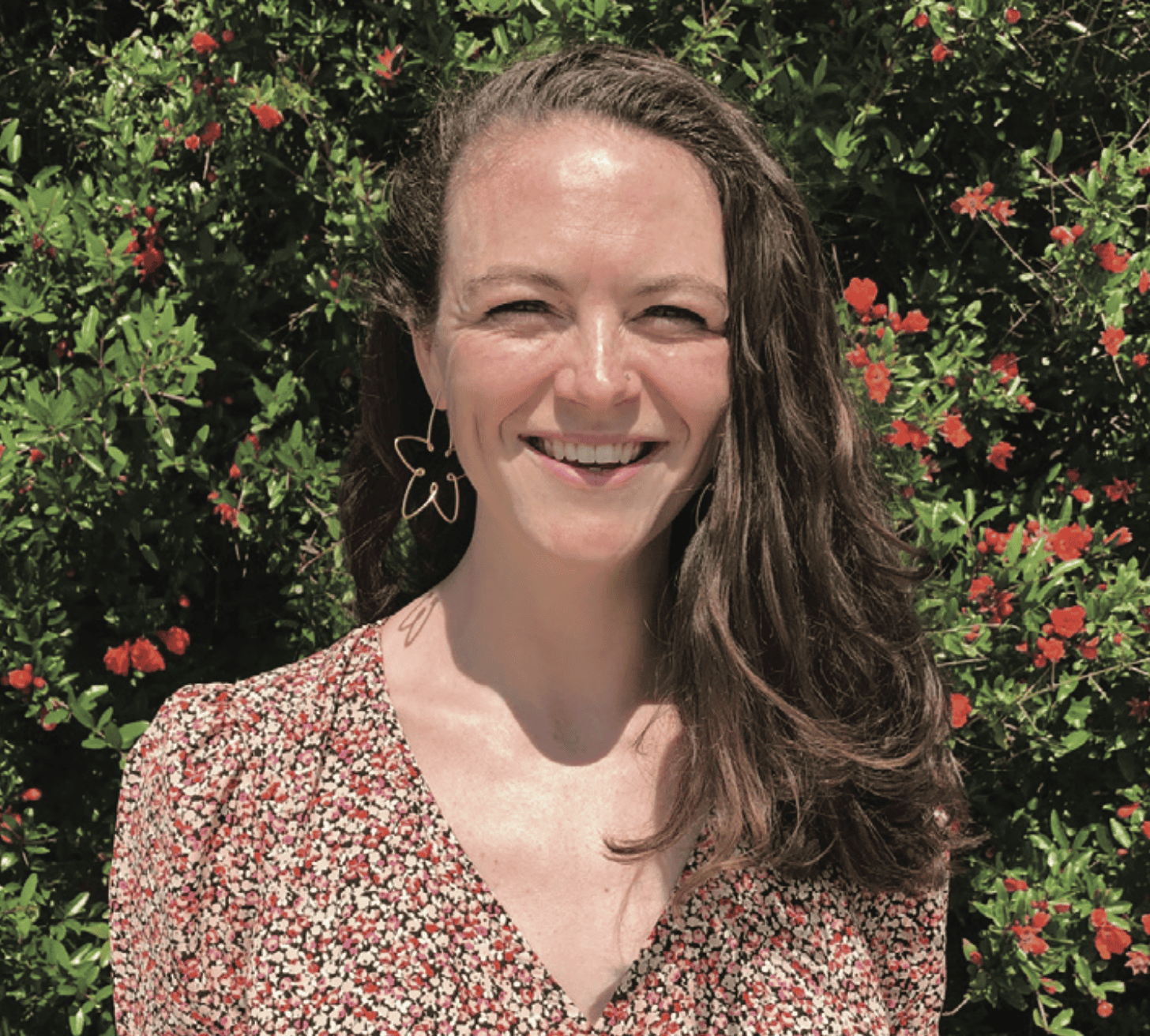
Illustrated by Iris Busjahn
Boxes of cheese sat in front of my young students, and I knew all they wanted to do was start eating, but I wouldn’t let them. First, we would write.
Like many mongers, my path to cheese was surprisingly winding. I’d moved to New York to pursue an MFA in creative writing and needed a job. For three years, I worked part-time, juggling babysitting, adjunct teaching, and my own studies with days spent in my local Jackson Heights cheese shop, Stand Alone Cheese, learning to cut to order and studying the names and origins of hundreds of cheeses that would soon become wedged in my memory. I helped customers find what they hadn’t known they were looking for—a significant part of the process of ordering cheese comes down to language and verbalizing desire.
When I started working at the shop full-time, I missed the classroom. I’d led impromptu cheese tastings with friends and taught creative writing classes—bringing the two together felt like a natural pairing. I’d met so many children in the shop, some holding their noses saying, “It smells like cheese in here,” waiting by the door, and some sent on errands to grab a baguette and order something gooey. Their attitudes got me thinking: What if we studied the language of cheese together in a fun, delicious way? I made posters and waited to see if anyone would sign up.
At the neighborhood restaurant that provided the space our tiny shop lacked, 12 heads bowed over their papers. We brainstormed words describing flavor and texture—buttery, salty, funky; creamy, crumbly, sticky—and discussed concepts such as what it means for a cheese to “taste grassy.”
I’d never eaten grass, but the cows had, and we discussed the animals and where they live. In a world and a city where we can find whatever we want whenever we want it, concepts of seasonality and availability can feel distant. Growing up, I didn’t know about summer milk or winter milk. I didn’t know that some cheeses mature for years before they’re cut open, and that they are a result of terroir and sweat and patience.
The kids were like journalists taking notes describing color and shape. They inhaled, noting the distinctive smells of each cheese. And finally—finally!— they tasted.
There were hits and misses. Marieke Gouda Foenegreek was easy to love with its semi-firm paste and sweet, maple flavor. “Perfect for pancake lovers,” wrote one child. The Wisconsin 14-year cheddar we tasted was older than all the kids in the room, and while I’d thought its intensity might yield creative descriptions, the sharpness left their eyes watering. “Not for the faint of heart,” wrote another.
I was eager to share a favorite cheese from Valley Milkhouse, the first producer I’d ordered from directly in my new role as shop manager. Witchgrass is lactic, bloomy, and aged in vegetable ash, and when cut in half, it reveals layers of color and a texture resembling freshly whipped cream. While the ash gave some of the children pause, once tasted, the reaction was universal. One student wrote, “Looks may be deciveing [sic]. It may look like mold but is soft and creamy. 10 out of 10.”




